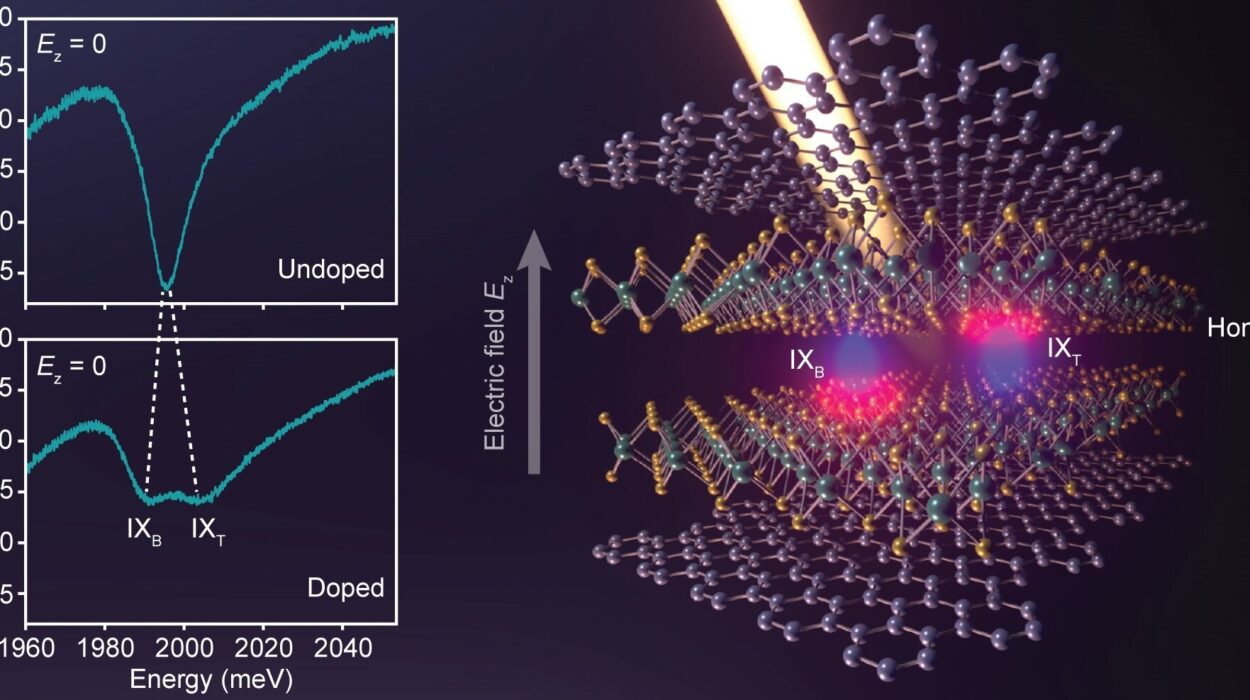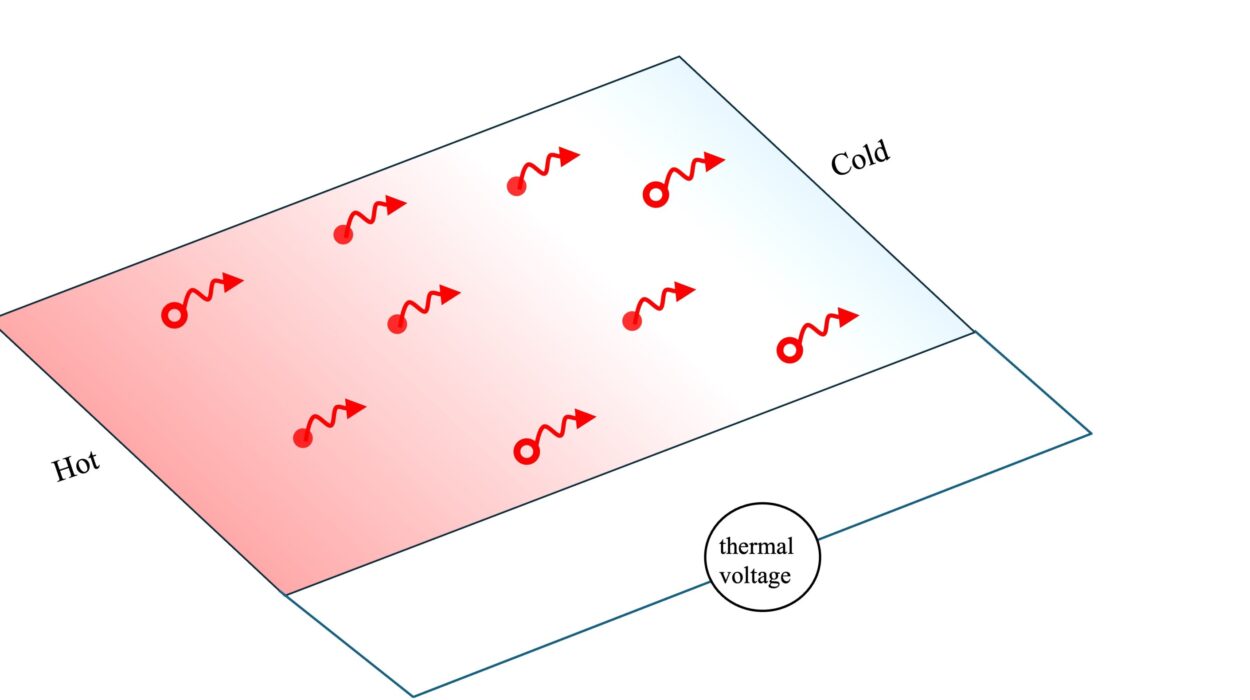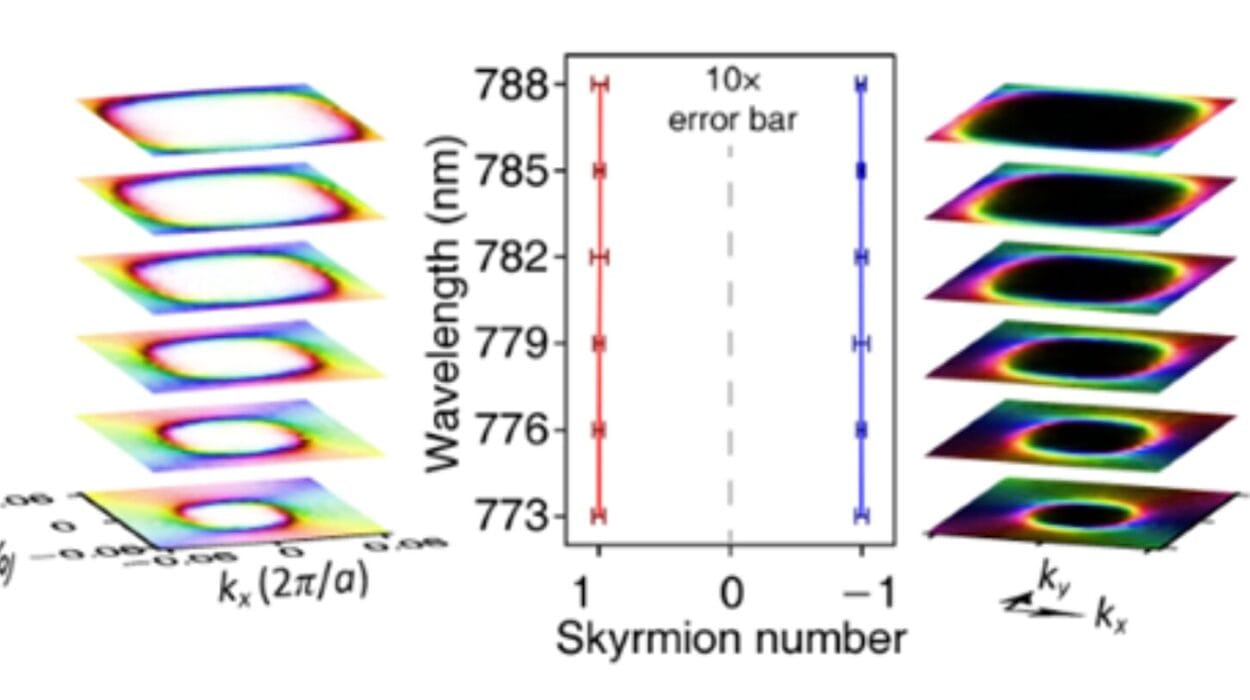In the silent stillness of temperatures near absolute zero, where atoms barely move and quantum effects reign supreme, scientists are discovering that nature has a rhythm all its own—one that can generate light, reorder matter, and whisper secrets of the universe. At the forefront of this journey are laser-cooled atomic gases interacting with light in finely engineered optical cavities. These delicate setups are unlocking new realms in physics, offering tantalizing pathways toward quantum sensing, super-precise timekeeping, and even the detection of dark matter. Among the most captivating breakthroughs in this field is the recent discovery by researchers at JILA—a joint institute of the University of Colorado-Boulder and the National Institute of Standards and Technology (NIST)—who have realized continuous lasing from ultra-cold atoms for hours at a time, defying conventional expectations and hinting at a future where lasers redefine quantum technology.
The Frigid Frontier: Taming Atoms with Light
Laser cooling, a cornerstone of modern atomic physics, is an ingenious technique that slows down atoms by bombarding them with carefully tuned laser beams. The light exerts a tiny pressure on the atoms, pushing them against their motion and thereby reducing their thermal energy to almost nothing. At these temperatures—mere millionths of a degree above absolute zero—quantum behavior becomes dominant. Atoms begin to act less like particles and more like waves, allowing researchers to explore exotic phenomena such as Bose-Einstein condensates, quantum entanglement, and now, continuous lasing.
In traditional laser systems, light amplification arises through stimulated emission—excited atoms in a gain medium emit photons in phase with incoming ones, creating coherent beams of light. But the challenge becomes far more nuanced when the gain medium consists of atoms chilled to the brink of absolute zero and confined in an optical cavity—a pair of mirrors that trap and resonate light at specific frequencies.
A New Kind of Lasing: Spontaneous Order and Continuous Light
When these cold atoms are loaded into an optical cavity, the interaction between light and matter can trigger remarkable behaviors. One such phenomenon is self-organization: a phase transition in which atoms, instead of moving randomly, spontaneously arrange themselves into highly ordered patterns. This isn’t forced; it emerges purely from the interplay between light and atomic motion—an elegant example of energy-induced order.
Historically, these intriguing effects have been observed only fleetingly. The experiments would run in short bursts: atoms are cooled, manipulated, observed, and then discarded—requiring the process to start over for each cycle. But the JILA team broke that mold. In their landmark study published in Nature Physics, they achieved what had long eluded physicists: continuous lasing from laser-cooled atoms sustained for hours. The key to their success? Strontium-88 atoms—an isotope with the right properties for maintaining coherence over long periods—placed inside a ring-shaped optical cavity and kept in a perpetual state of laser cooling.
The Vision: Superradiant Lasers and Beyond
Dr. Vera M. Schäfer, first author of the study, explained that their initial aim was to build a “continuous superradiant laser.” Unlike traditional lasers whose output frequency is tied to the dimensions and stability of the cavity mirrors, a superradiant laser derives its frequency from the atoms themselves—specifically, from a hyper-precise transition between energy levels in the atom. Such a system could offer unparalleled frequency stability, making it ideal for high-precision measurements, next-generation atomic clocks, and even the search for elusive particles like dark matter.
The implications are vast. With ultranarrow linewidths—meaning the laser emits light of a single color with astonishing precision—these lasers could become the backbone of quantum communication systems, gravitational wave detection, and metrological standards. But en route to their goal, the team stumbled upon a surprise.
Light from the Unexpected: Discovery by Serendipity
Professor James K. Thompson, the principal investigator, recounted the pivotal moment: “We saw laser light coming out of our system when we were just trying to load a very cold gas of atoms between the highly reflective mirrors that form our laser cavity.” Their setup, likened to a bell that rings for light rather than sound, began to emit light spontaneously. But curiously, tweaking the cavity’s resonance barely altered the frequency of the emitted light—a puzzling result that defied expectations.
This led the team to a deeper investigation of the system’s internal dynamics. The behavior they observed suggested a self-stabilizing feedback loop: atoms, in the process of being continuously cooled and trapped, absorbed photons and then re-emitted them into the cavity in a manner that maintained the lasing frequency—regardless of external changes to the cavity.
In essence, the system was finding its own stable rhythm. It was as if the atoms and the cavity were dancing together in perfect synchrony, with the atoms using the energy pumped into them to maintain a constant beat, resisting the experimentalists’ attempts to change the tempo.
The Physics Behind the Feedback Loop
The central mystery was how the atoms could maintain lasing for hours without external tuning. The answer lay in an unexpected gain mechanism: as a strontium atom absorbs a photon from the laser cooling beams, it recoils—momentum conserved—and subsequently emits a photon into the cavity. This process, repeated across millions of atoms, sustains the lasing. However, it comes with a twist: the absorption-emission cycle also heats the atoms. This heating, in turn, modifies the atomic momentum distribution, which feeds back into the lasing process.
The result? A dynamic equilibrium—a self-regulating loop where heating and emission conspire to fix the cavity’s effective frequency. The system locks itself into a stable lasing mode, naturally adapting to maintain coherence despite external disturbances.
As Thompson explained, this behavior resonates with challenges faced in other precision technologies. In both atomic clocks and gravitational wave detectors, maintaining a stable cavity frequency is crucial. But these devices suffer from noise due to atomic vibrations—Brownian motion—at non-zero temperatures. The JILA discovery offers a new paradigm: by letting atoms dictate the frequency via collective lasing, engineers may finally build optical systems immune to mechanical drift and thermal fluctuations.
From Cycles to Continuity: A New Experimental Regime
Traditional cold atom experiments are cyclical. Atoms are cooled, briefly used, and then discarded. But this approach, while effective for some investigations, imposes strict limitations on the observation of time-evolving phenomena. The JILA team departed from this by continuously cooling and loading atoms into the cavity, enabling an uninterrupted view of quantum dynamics.
This continuity revealed behaviors previously inaccessible. “The most interesting lasing regime only appears when starting in a noisier state and then slowly changing the cavity parameters to a less stable regime that is only upheld by the continuous lasing,” Schäfer noted. This sensitivity to experimental history and the persistent nature of the lasing state suggest that continuous operation isn’t just a convenience—it’s a gateway to new physics.
A Glimpse into the Future: Quantum Technologies and Exotic States
Beyond lasers, the implications ripple into the realms of quantum computing, sensing, and fundamental physics. The JILA team’s setup—combining long-lived coherence, continuous operation, and spontaneous organization—is a prime candidate for building quantum simulators. These are lab-created systems that mimic the complex behavior of materials like superconductors or exotic quantum phases, offering insights that traditional models can’t capture.
In particular, the team is eyeing the simulation of Bardeen-Cooper-Schrieffer (BCS) superconductivity—the theory behind electron pairing in superconductors—using their atomic setup. They also foresee protecting delicate quantum sensors, such as matter-wave interferometers and optical clocks, from environmental noise using collective atomic behavior.
The Quantum Bell Tolls: A Harmonious Symbiosis
At its heart, this breakthrough is a story of harmony: atoms and light resonating together, not because they were forced to, but because the conditions were right for self-organization. By simply injecting energy in the form of laser cooling, nature took over, producing a steady beam of light that resisted perturbation. This is more than just an experimental feat—it is a glimpse into the organizing principles of the universe, where order emerges from energy, and complexity gives rise to stability.
As Professor Thompson poetically put it, “In the future, we plan to really use the narrow linewidth transition in strontium to build incredibly single-color lasers to explore the world. Along the way, we are already seeing lots of interesting things like protecting quantum sensors called matter waves and optical clocks against noise using collective effects or using these same systems to simulate BCS superconductors. We are definitely going to keep very busy!”
Conclusion: Lighting the Quantum Future
The path from cooling atoms to creating world-changing technology may seem circuitous, but it is paved with curiosity, precision, and a deep respect for nature’s ability to surprise. The JILA team’s achievement of continuous lasing from laser-cooled strontium atoms is not just a technical milestone—it is a philosophical one. It tells us that when energy is carefully applied and the right conditions are met, the universe has a way of organizing itself—producing not only light but also insight.
In a world increasingly defined by quantum technology, these insights may prove to be the light that guides us.
Reference: Vera M. Schäfer et al, Continuous recoil-driven lasing and cavity frequency pinning with laser-cooled atoms, Nature Physics (2025). DOI: 10.1038/s41567-025-02854-4.






